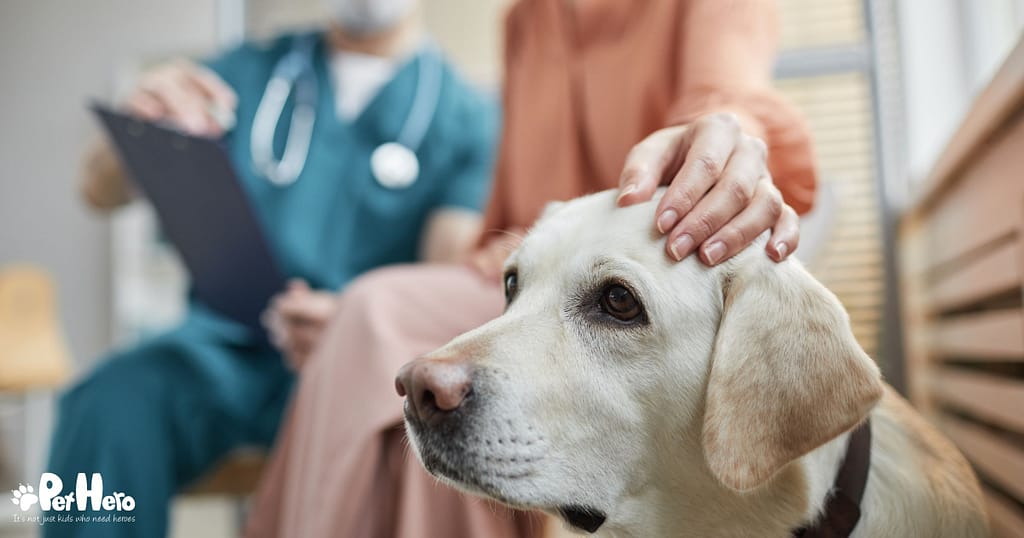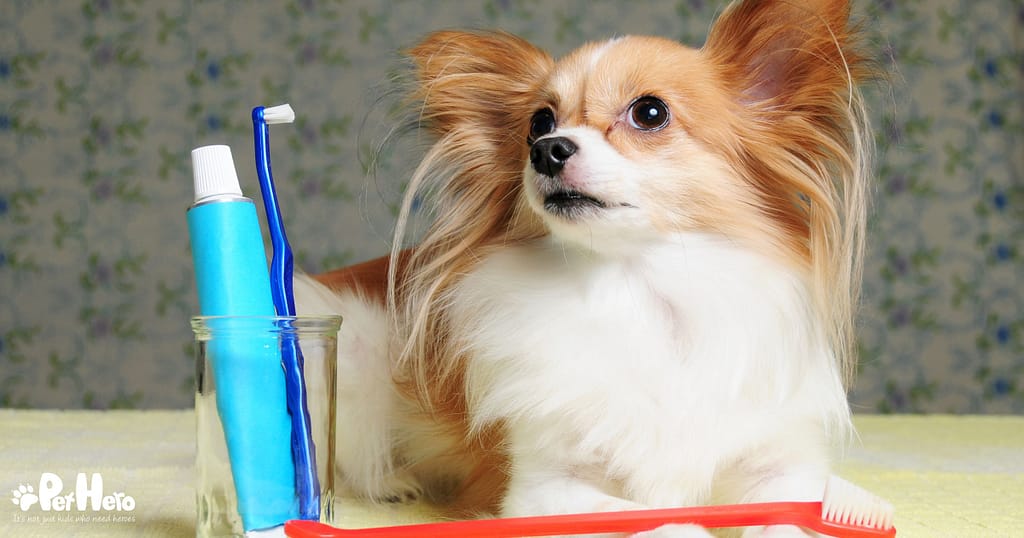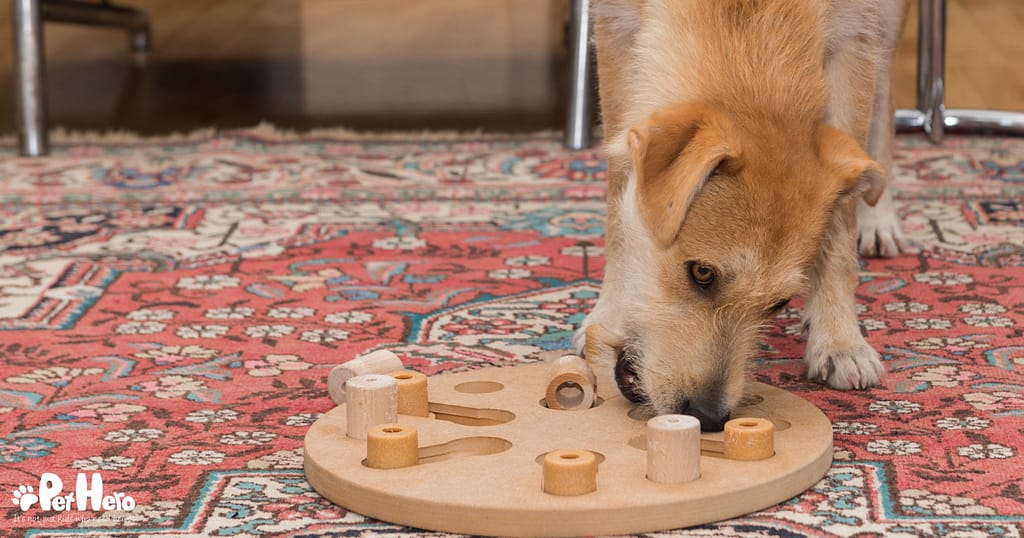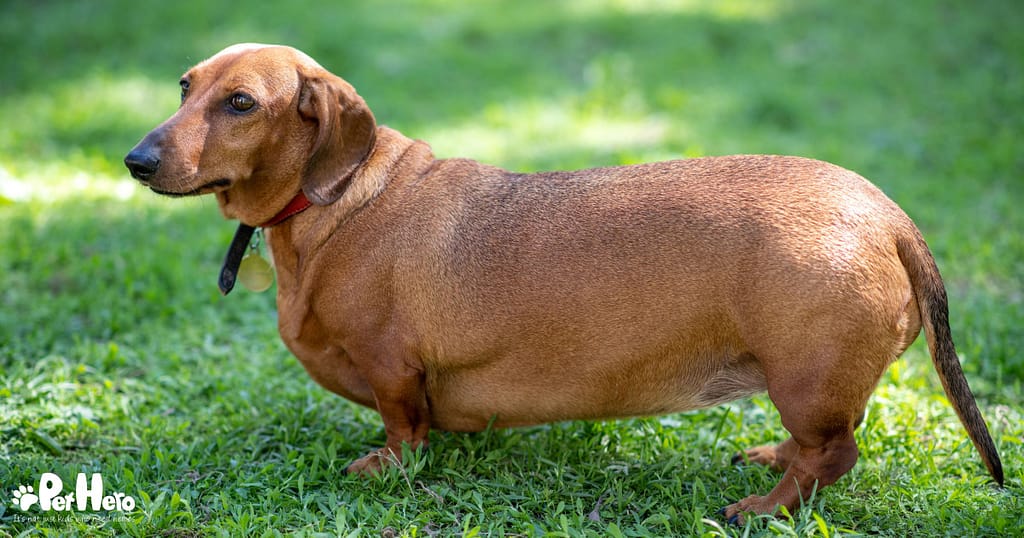Large dogs have long walked beside us for centuries as companions, protectors, workers and friends. If the choice were up to the dog owner, their large dogs would live forever. The reality is that large breed dogs live a shorter lifespan than small and medium sized dog breeds, so their health is also affected in different ways.
In our series of Common health problems in dogs, we now take a look at the health issues that most commonly affect large breed dogs, and why.
Most common dog health issues
When dog owners bring their furry friends to the vet’s office, it’s usually for illnesses and health problems that are common across all dog breeds – those health issues that all dogs can experience at some point in their lives. Common health issues include:
- Obesity
- Dental disease
- Ear infections
- Skin issues
- Vomiting & diarrhoea
- Parasites
- Arthritis
- Cancer/Tumours
For an explanation of these common dog health issues, please read our article here.
There are some dog health problems that are specific to small breed dogs or large breed dogs, particularly because of their size. Small dogs tend to live longer than large breed dogs. Scientists think this is because large breed dogs grow and age faster, and may experience health problems that go along with that characteristic. Large puppies also grow more rapidly than small breed puppies, and large dogs have greater mass than smaller dogs, so their skeleton, muscles and internal organs need to be able to support their larger bodies. This can put strain on their physical system – a different kind of pressure than that faced by smaller dog breeds.
Common large dog breed health problems
Large dog breeds are those canines weighing 26 kg or more. Large dogs can weigh an average of 30 – 40 kg, while giant breeds can range from 50 – 100 kg. The bigger the dog, the more care needs to be given to his health as he grows up, in order to mitigate these large breed health issues:
Osteoarthritis in large breed dogs
Osteoarthritis is also called degenerative joint disease (DJD), which pawfectly describes the mechanics of the disease. Osteoarthritis is the inflammation that occurs when joint cartilage between bones wears down or degenerates. When dogs bend their hips, legs and elbows during normal movement, the joint cartilage supports this smooth movement, facilitated by bones and muscles. However, when the joint cartilage wears away, the bones rub up against each other, causing severe pain, swelling and inflammation.
Without the support of the flexible joint cartilage, the symptoms of osteoarthritis can include:
- painful, stiff joints
- limping
- muscle wasting
- lameness
- slow to get up and lie down
- inability to ascend and descend stairs
- disinterest in play and other once-loved activity
- crankiness
- weight gain
The issue of weight gain becomes problematic because any additional weight on arthritic joints will exacerbate the pain associated with the disease – making the dog even less inclined to want to exercise. Moderate daily exercise can help to strengthen the lean muscle of the limbs, which removes some of the pressure on the painful joints.
While there is no cure for or reversal of degenerative joint disease, its progress can be slowed through the early use of joint health supplements such as glucosamine, chondroitin, green-lipped mussel extract and MSM. If your dog’s joints are already painful and inflamed, your veterinarian may prescribe anti-inflammatories as well as a gentle exercise regimen.
The dog breeds most likely to experience osteoarthritis include: boxers, Bernese Mountain dogs, mastiffs, German shepherds, golden and Labrador retrievers, Rottweilers, Great Danes, Saint Bernards, Newfoundland dogs, Alaskan Malamute.
Hip and elbow dysplasia in large breed dogs
Hip and elbow dysplasia are characterised by the incorrect fit of a bone into its joint socket. The hip or elbow joint movement, which should be smooth and limber, is instead painful and inhibiting. It can cause limping and a stiff gait, make your dog unwilling to ascend stairs or jump up into the car or onto furniture, and it may limit his range of motion in the hip and elbow joints.
Again, if your dog is carrying additional weight, it causes more stress on already painful joints, making him even more unwilling to enjoy much movement. Hip and elbow dysplasia occurs on a scale of tolerable to severe. Some severe cases may require surgery to repair or even replace the hip joint.
Hip and elbow dysplasia are genetic disorders mostly found in large breed dogs. Registered breeders would be wise to test their breeding pairs for any genetic signs of dysplasia, and to not breed the dogs in which it is found, because of its hereditary nature.
If your dog has a mild case of hip or elbow dysplasia, joint supplements can be given to slow the progression of cartilage destruction and to help manage the pain associated with misaligned hip or elbow joint. If you are concerned about hip and elbow dysplasia, please make an appointment with the vet and see what can be done.
Hypothyroidism in large breed dogs
Hypothyroidism is characterised by the underproduction of the thyroid hormone, thyroxine. Without enough of this hormone in the body, it affects the metabolism, resulting in symptoms such as:
- weight gain with no appetite increase
- hair loss; dull coat
- dry, flaky, pigmented skin
- increase in skin and ear infections
- fatigue
- low heartrate
- muscle atrophy
- temperature dysregulation (feeling cold all the time)
- problems with reproductive system
- ‘tragic’ facial expression
It is mostly diagnosed in medium to large breed dogs at around the age of six years old. About 90% of hypothyroidism cases are because of inflammation (lymphocytic thyroiditis) and atrophy of the thyroid gland (idiopathic atrophy) – both of which are not well understood. It’s thought that the dog’s immune system may be falsely triggered by the thyroid gland.
The medium and large breed dogs most often predisposed to hypothyroidism include: Dobermans, retrievers, Airedale terriers, Irish setters, Dalmatians, Rhodesian ridgeback, boxer, Akita Inu, Siberian husky.
Aortic stenosis in large breed dogs
The aorta is the large artery that carries oxygenated blood out of the heart and into the body. Stenosis refers to ‘narrowing’. So aortic stenosis is the narrowing of the aorta. This is a hereditary condition most often found in large dog breeds like retrievers, boxers, German shepherds, Rottweilers, bullmastiffs and Newfoundland dogs.
When too little oxygenated blood is being pumped into the body of a large breed dog, it can lead to physical symptoms such as:
- lethargy
- exercise intolerance
- shortness of breath
- fainting
Some cases of aortic stenosis will not present with any symptoms, so the dog owners and veterinarian won’t know to check for a heart murmur or anything other problem. The first indication that there’s anything wrong with the dog’s heart may be marked by sudden death. If the vet picks up a problem with the dog’s heart during a routine vet visit, and manages to diagnose aortic stenosis, the severity of the problem will determine the treatment.
The aorta can be stretched with a catheterised balloon, or the disease can be managed with medication to slow the heart rate. Lifestyle management will be another way to ensure your large dog lives a healthy life in spite of the aortic stenosis. The prognosis of dogs with this condition will depend on the severity of the stenosis, the age and activity levels of the dog, and how well the symptoms can be managed.
Dilated cardiomyopathy in large breed dogs
Dilated cardiomyopathy is characterised by the enlargement and weakening of the heart muscle, which reduces its ability to efficiently pump blood. It can be caused by a genetic predisposition, a deficiency in taurine, a viral infection or by chemotherapy drugs. Older, large breed dogs are most susceptible to developing symptoms of dilated cardiomyopathy (DCM), which include:
- increased heartrate (rapid breathing)
- laboured breathing
- restlessness
- coughing
- weakness
- low appetite (and associated weight loss)
- fainting
- depression
- distended abdomen
- sudden death
The symptoms may appear suddenly, but DCM is a progressive disease. It may seem asymptomatic at first, but as it gets worse, the symptoms will become more apparent. So, if you have a large breed dog, make a point of taking them for routine check-ups with your veterinarian. If the vet catches the DCM in time, medication will be prescribed to slow its progression, but it is eventually fatal.
Large dog breeds that are susceptible to dilated cardiomyopathy: Great Danes, boxers, German shepherds, Newfoundlands, Saint Bernards, Irish Wolfhounds, Scottish Deerhounds, Doberman pinschers, and Labbies.
Gastric torsion in large breed dogs
Gastric dilatation volvulus or gastric torsion or bloat is a life-threatening medical emergency. It occurs when the dog’s stomach is filled with air – such as if he takes large gulps of water or food, swallowing a lot of air at the same time – and then the organ twists. This twisting action cuts off the blood supply to the stomach as well as other major organs, sending the dog’s body into shock. It can very quickly lead to death.
Symptoms of bloat include:
- a distended belly
- panting/shallow breathing
- unsuccessful vomiting attempts
- cold body temperature
- drooling
- anxiety/pacing
- collapse
The treatment for bloat is emergency surgery, so it’s critical that a dog with this condition be taken to the vet immediately. Large breed dogs, especially those with deep, narrow chests, are particularly at risk for bloat – such as greyhounds, Great Danes, Saint Bernards, borzoi, Saluki, Irish wolfhounds, Bernese Mountain dogs, Weimaraners, and Doberman pinschers.
Bloat can be triggered when a large dog eats a great volume of food too rapidly, swallowing a lot of air along with the food. Exerting themselves after a meal or a large intake of water is another risk behaviour. A food or water bowl that is raised off the ground can increase the risk of bloat in large breed dogs.
How do you keep a large breed dog healthy?
Aside from ensuring that your large breed dog is not predisposed to any genetic conditions that could shorten their lifespan, there are a few things you can do to give your dog the best chance at a long and healthy life. These include:
- feeding your dog high-quality dog food that is specially formulated for large breed dogs
- ensuring that you do not overfeed your dog, making them gain too much weight
- give your large breed dog the right amount of exercise (which includes not over-exercising a large breed puppy, whose limbs and skeleton are rapidly growing)
- providing adequate dental care, from as early on as possible
- providing preventive medication for worms, ticks, fleas and mites
- taking your large breed dog for an annual or bi-annual veterinary check-up
- socialising, training and mentally stimulating your large breed dog
To ensure that you can provide your dog with any necessary veterinary treatments, especially in the case of medical emergencies, consider taking out pet health insurance for your large breed dog. If you have any health concerns relating to your large or giant breed of dog, your veterinarian will be more than happy to discuss these with you.







